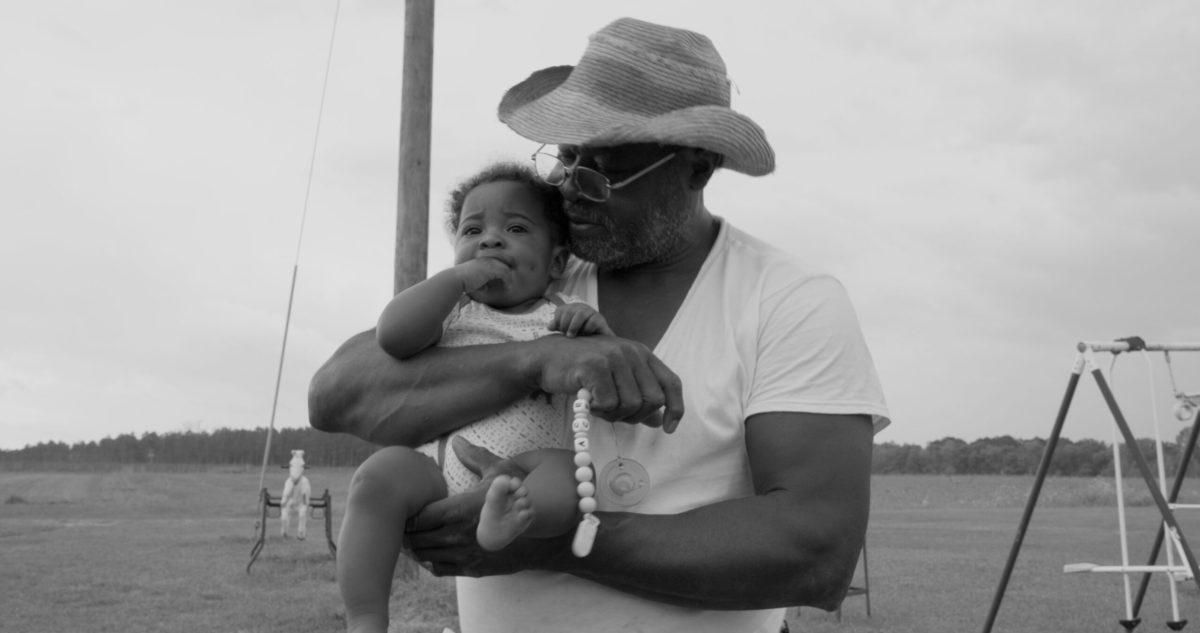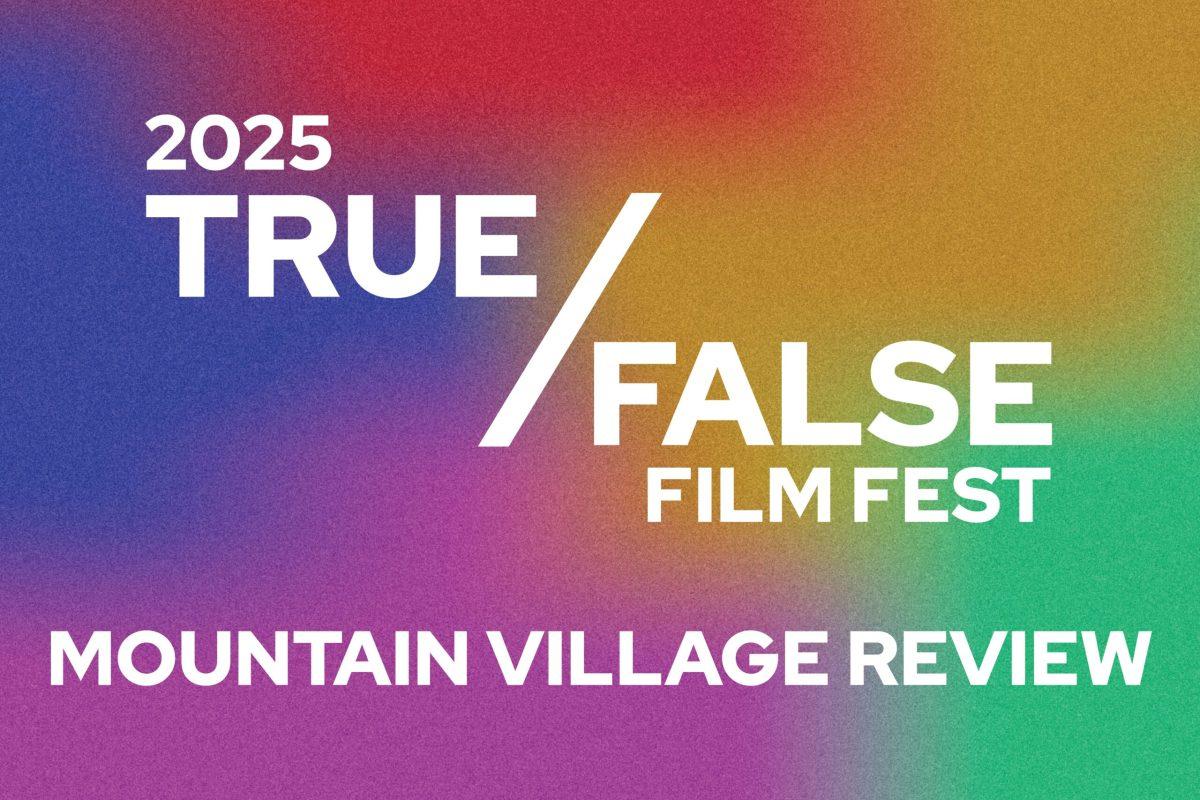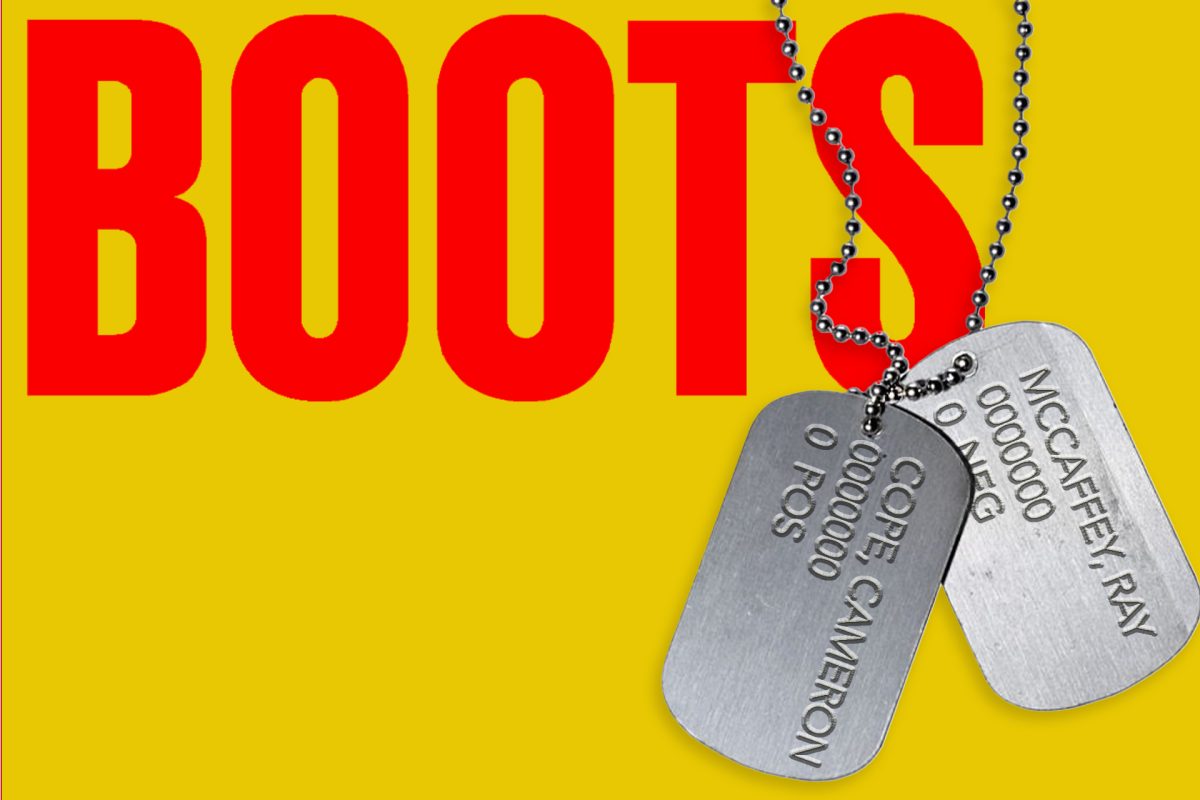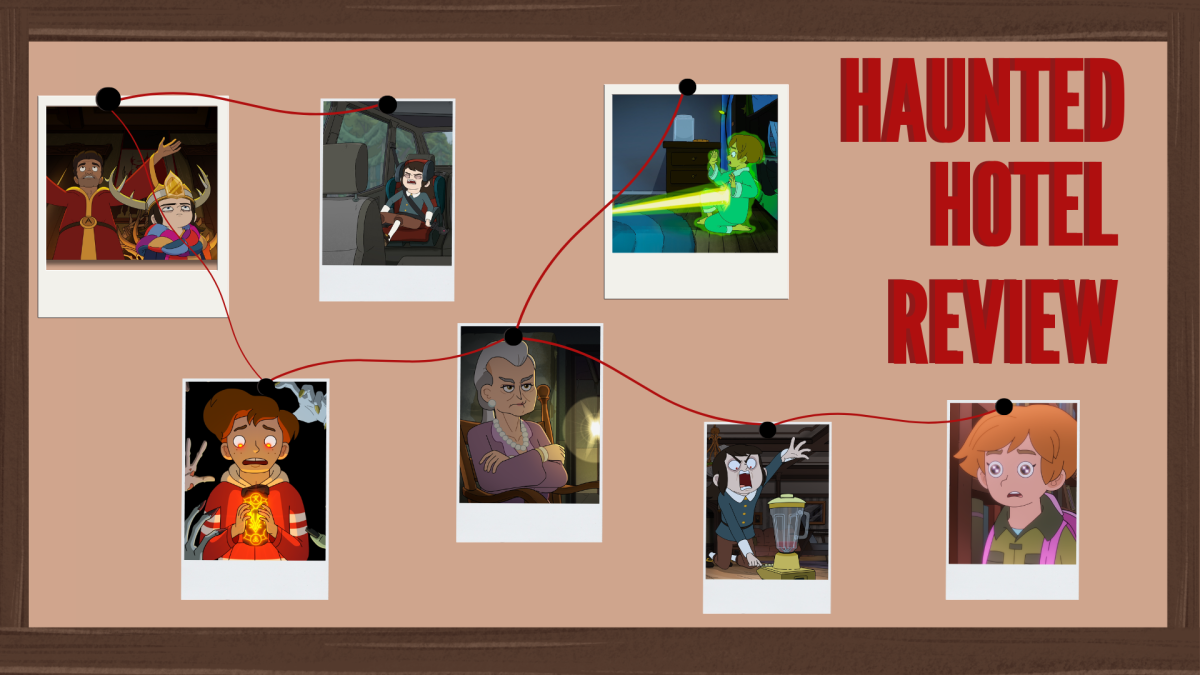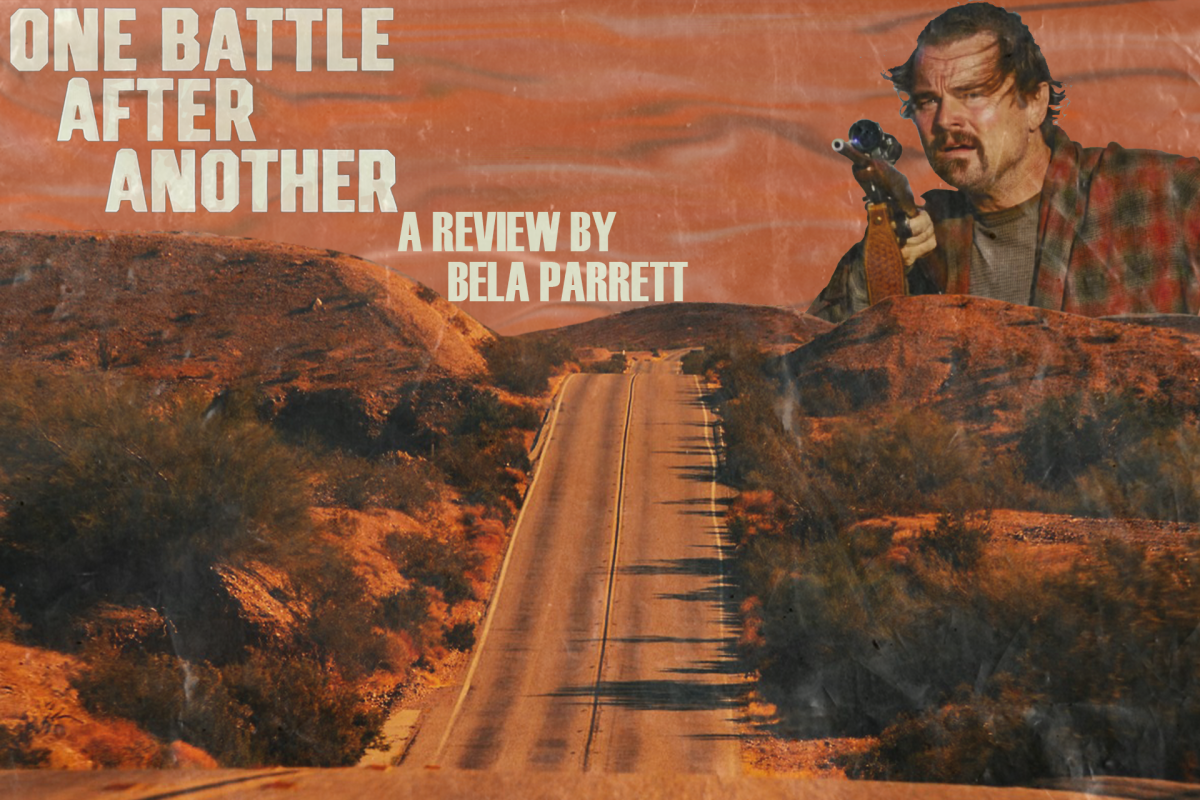Directed by Eleanor Mortimer, this visually rich film urges humanity to explore their relationship with the aquatic unknown
Director Eleanor Mortimer’s documentary “How Deep is Your Love,” which will be screened three times at True/False Film Fest, follows a group of taxonomists on a deep-sea mining mission to discover, research and name aquatic animals. During the film, the scientists spend the majority of their time on a ship in the Clarion-Clipperton Zone, a largely unexplored oceanic plain that is home to trillions of minerals along the seafloor called nodules.
Most of the film’s run time was spent showing footage — captured through the scientists’ underwater camera — of the mesmerizing creatures that float just above these nodules. Each animal depicted was as beautiful as it was confusing; eyeless faces, transparent bodies or striking neon colors characterized the creatures as they danced around the ocean, seemingly oblivious of the camera following them. This oblivion to human life, however, was often short-lived. After marveling at each animal they saw on the camera, the scientists had to make a decision: Should they capture the creature using a robotic arm, or let it be? More times than not, it seemed, capturing was deemed necessary.
This complicated relationship between humans, scientific development and sea creatures makes up the heart of “How Deep is Your Love.” Gorgeous, glimmering shots of the ocean are contrasted with sterile images of scientific machinery and labs. One moment, Mortimer shows clips of colorful deep-sea creatures slowly bumbling about the water. Next, these creatures are shown dead, stuffed into jars on a desk next to other oceanic animals.
To the scientists, the disruption of these creatures’ way of life is unavoidable. The animals they extract are often the only one of their kind humanity has ever come in contact with. In the scientist’s minds, the only way to protect the rest of the previously unknown species is through hands-on discovery and research. Still, the rest of the world remains unsure of deep-sea mining’s ethics.
After spending a bit of time focusing exclusively on the scientists’ exploration, the film introduces a conference held by the International Seabed Authority on deep-sea mining. The purpose of this conference — which involves delegates from numerous countries and observers from Pacific islands — is to determine the future of deep-sea mining.
Some speakers’ beliefs seem to align with the scientists’ opinions on ocean exploration, while others seem to see deep-sea mining as a disruptive evil that must be regulated. “How Deep is Your Love” spends the rest of its time flipping back and forth between the scientists and this conference. At one point, Mortimer combines the two plots by overlaying footage of the creatures on top of the conference building’s rooms and hallways, furthering the film’s exploration of the relationship between human and animal. Many of the delegates have never actually seen these creatures, yet here they sit, debating their future.
“How Deep is Your Love” asks more questions than it answers. Ultimately, the film feels like a starting point for thinking about the deep sea critically more than anything else. Mortimer’s heavily-featured narrations do little more than just offer historical context and personal pontifications on the subject matter. The film isn’t asking viewers to make a definitive ethical stance on the ocean. Moral quandaries are introduced, a poetic sentence about them said and then the plot presses on.
Leaving the theater, I couldn’t help but want more conclusions.
Still, Mortimer’s determination to spark interest was successful. As somebody who had never heard the term deep-sea mining, but spent a significant amount of time considering its consequences, I came out of “How Deep is Your Love” with a newfound love for the aquatic animals it depicts. While I might be disappointed by Mortimer’s disinterest in answers to the questions she asks, I can say that the images of the mystical, almost otherworldly creatures will certainly stick in my head much longer than anything else I’ve seen recently.
You can keep up with The Maneater’s 2025 True/False Film Fest coverage here.
Edited by Ava McCluer | [email protected]
Copy edited by Natalie Kientzy | [email protected]
Edited by Emily Skidmore | [email protected]



